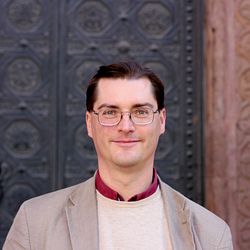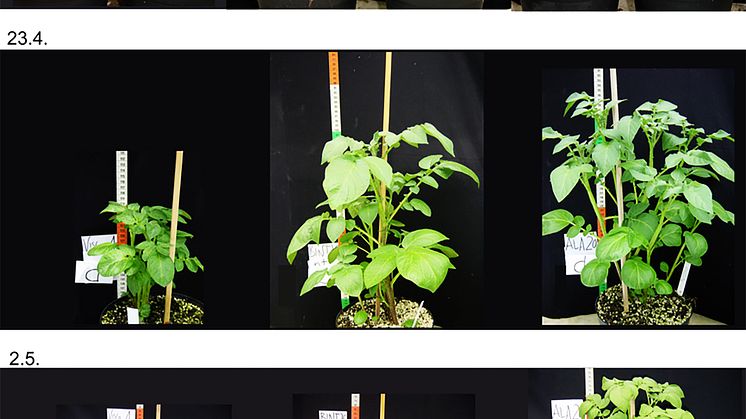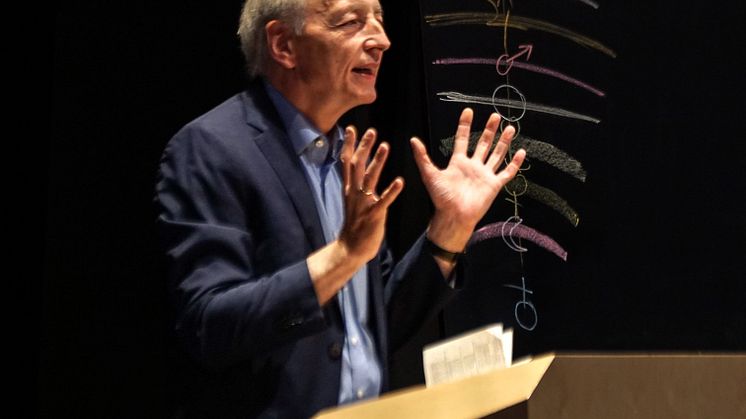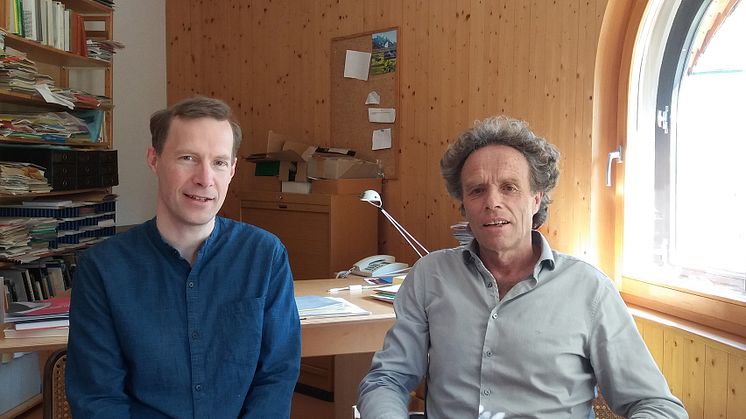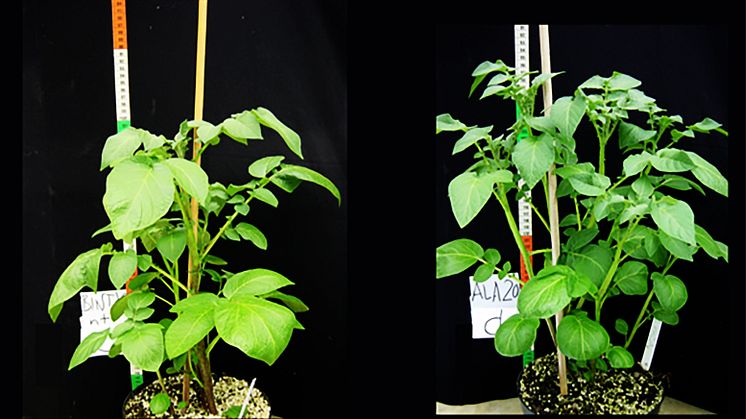
Press release -
The search for life: 100 years Research Institute at the Goetheanum
Goetheanum, Dornach, Switzerland, 21. November 2021
The Research Institute at the Goetheanum was founded a hundred years ago, prompted by the first experiments in search of a ‘reagent’ that can make life visible. The Institute‘s aim today is to understand the wider context in which life thrives and evolves.
“Modern natural science has focused increasingly on detail. The Research Institute is interested in the wider context in which life – plants, animals, humans – originates and evolves.” This is how Johannes Wirz describes the intentions of the Research Institute at the Goetheanum. He is head of the Natural Science Section of which the Research Institute is a part. Wirz, a molecular biologist, used to work at Basel University, Switzerland, and gained his doctorate in molecular developmental biology. Since then he has been working on scientific projects, relating current findings in molecular genetics to Goethean science. One of these projects has documented unintended effects of the genetic engineering of crops. Plants react in all their organs to external conditions such as light and shade, dryness and humidity. This effect has also been observed in genetically engineered plants: their inner formative law responds to the genetic context.
The main question at the founding of the Research Institute, which was to find an agent that provides evidence of life, has led to the development of ‘image-forming methods’, followed later by the presentation of the temporal form of plants and the application of Goethean morphology in finding medicinal substances. One of the Institute‘‚s current projects, which is headed by Ruth Richter, works on improving the healing effect of sweet woodworm (Artemisia annua). Johannes Wirz is studying the survival chances of wild bee colonies high up in hollowed-out trees in the forest of Dorneckberg, Switzerland. A team led by Matthias Rang and Siegward Elsas of Klinik Arlesheim, Switzerland, is studying neurophysiological events in relation to volition. In addition, Matthias Rang is involved, in cooperation with the Kwalis Research Institute in Fulda, Germany, in developing a device that measures the photon emissions of foods. Investigating the preconditions for humans to take responsibility for the earth and its life forms is another central topic the Institute is working on with colleagues around the world, most recently in particular in relation to the ‘climate collapse’ (Hans-Ulrich Schmutz).
(2411 characters/SJ; English by Margot M. Saar)
Contact person Mara Born
Related links
Topics
Categories
The Goetheanum is the headquarters for the School of Spiritual Science and the General Anthroposophical Society. The School of Spiritual Science with its eleven sections is active worldwide in research, development, teaching, and the practical implementation of its research findings and is supported by the Anthroposophical Society.

